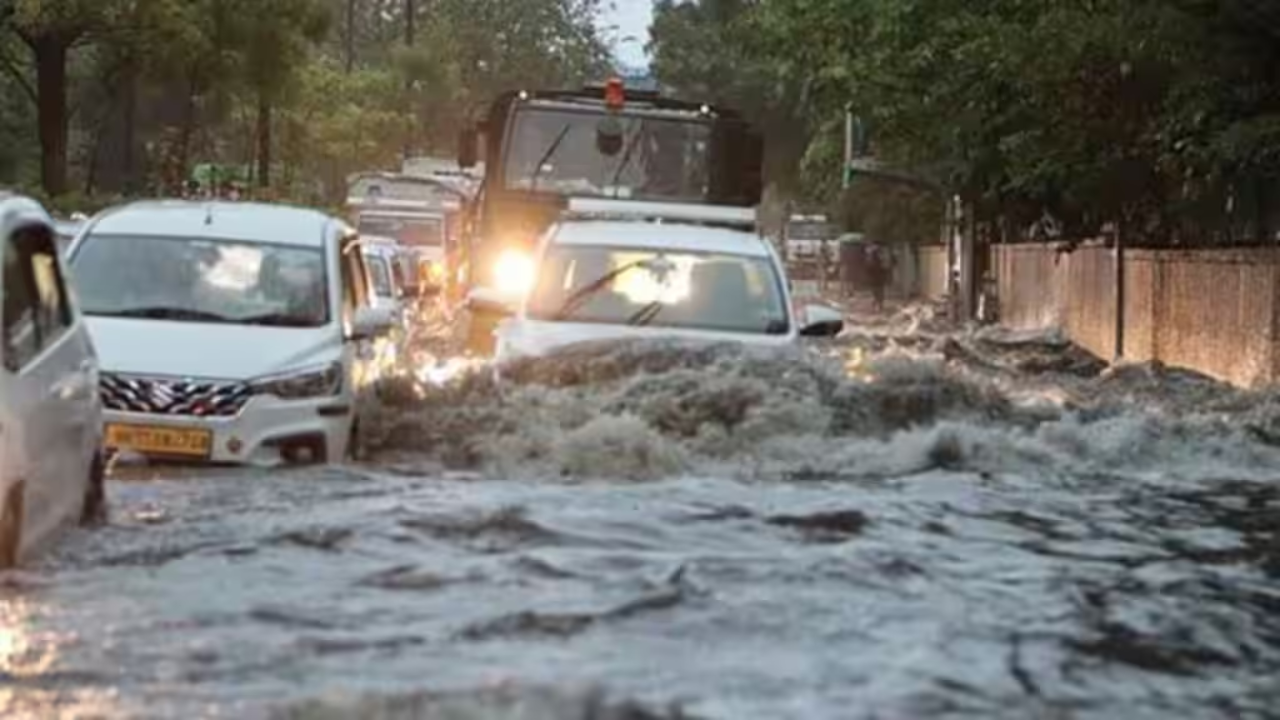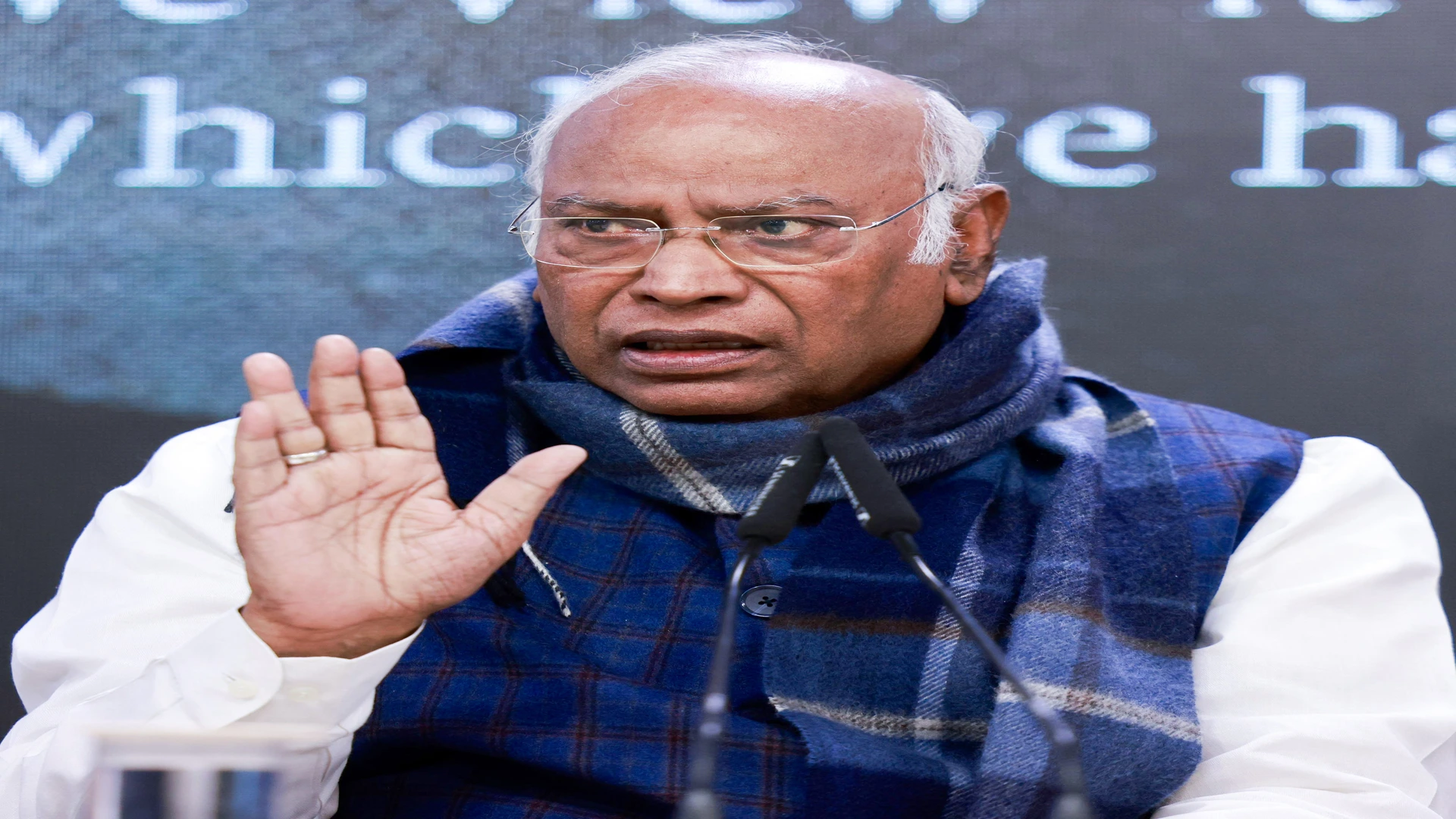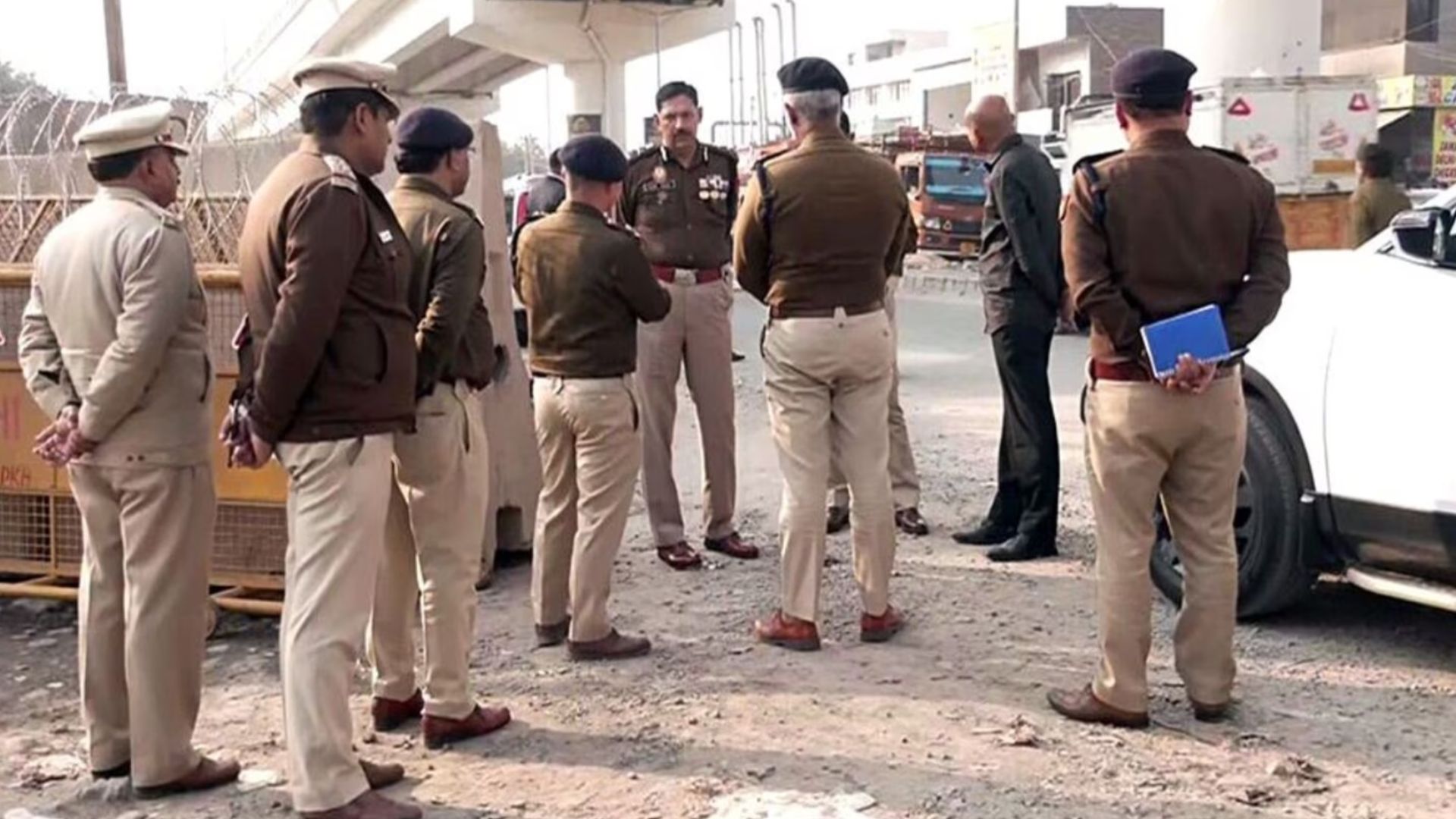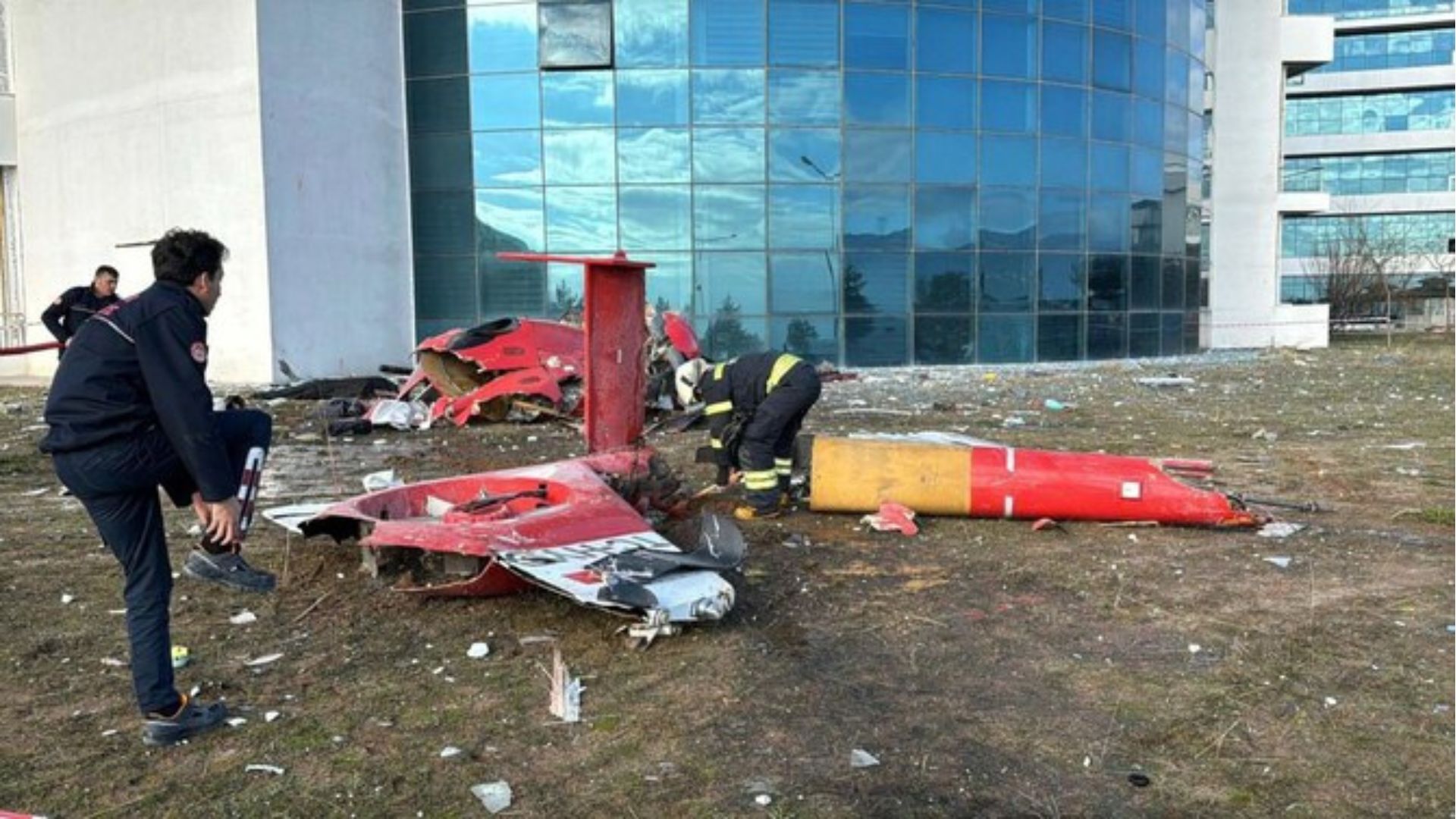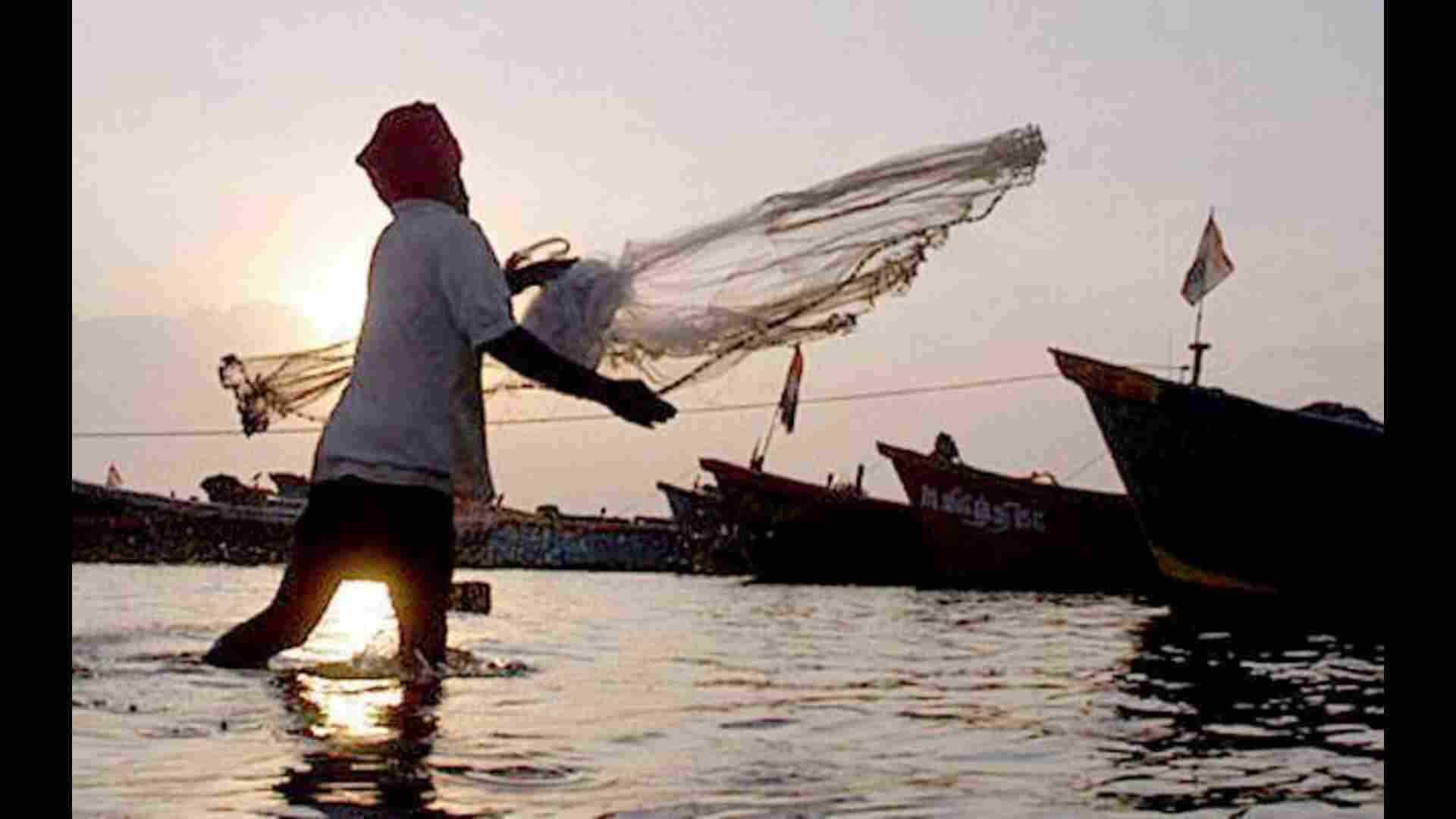Delhi is once again grappling with severe waterlogging as heavy monsoon rains inundated the city. In a span of just three hours, from 2:30 am to 5:30 am, Delhi received 148.5mm of rainfall, overwhelming its aging drainage infrastructure. Over the subsequent 24-hour period, rainfall accumulated to 228.1mm, exacerbating the flooding across various neighborhoods.
The root of Delhi’s waterlogging problem lies in its outdated drainage system, initially designed in 1976 to accommodate a much smaller population and less frequent rainfall. With Delhi’s population now exceeding 25 million, the drainage system, which can handle only around 50mm of rain in 24 hours, is severely inadequate.
Despite annual efforts to clean and desilt the drains before the monsoon season, the city continues to face recurrent flooding, disrupting daily life and causing damage to infrastructure. Government officials and experts emphasize that without a comprehensive overhaul of the drainage system and the implementation of a new master plan, Delhi will struggle to mitigate its waterlogging woes.
A new drainage master plan is urgently needed to address current deficiencies and future challenges posed by urban growth and climate change. This plan should include expanding the capacity of existing drains, constructing new drainage networks where necessary, and installing modern pumping stations capable of managing higher volumes of water.
In addition to infrastructure upgrades, sustainable urban planning practices are crucial. Incorporating permeable materials in construction and creating green spaces like parks and gardens can help absorb rainwater and reduce runoff. Public awareness and participation in rainwater harvesting and flood preparedness are also essential components of a resilient strategy.
Addressing Delhi’s drainage challenges requires immediate action and collaboration between government agencies, urban planners, and the community. By prioritizing infrastructure upgrades, sustainable planning, and proactive flood management strategies, Delhi can enhance its resilience to monsoon rains and safeguard the well-being of its residents.

